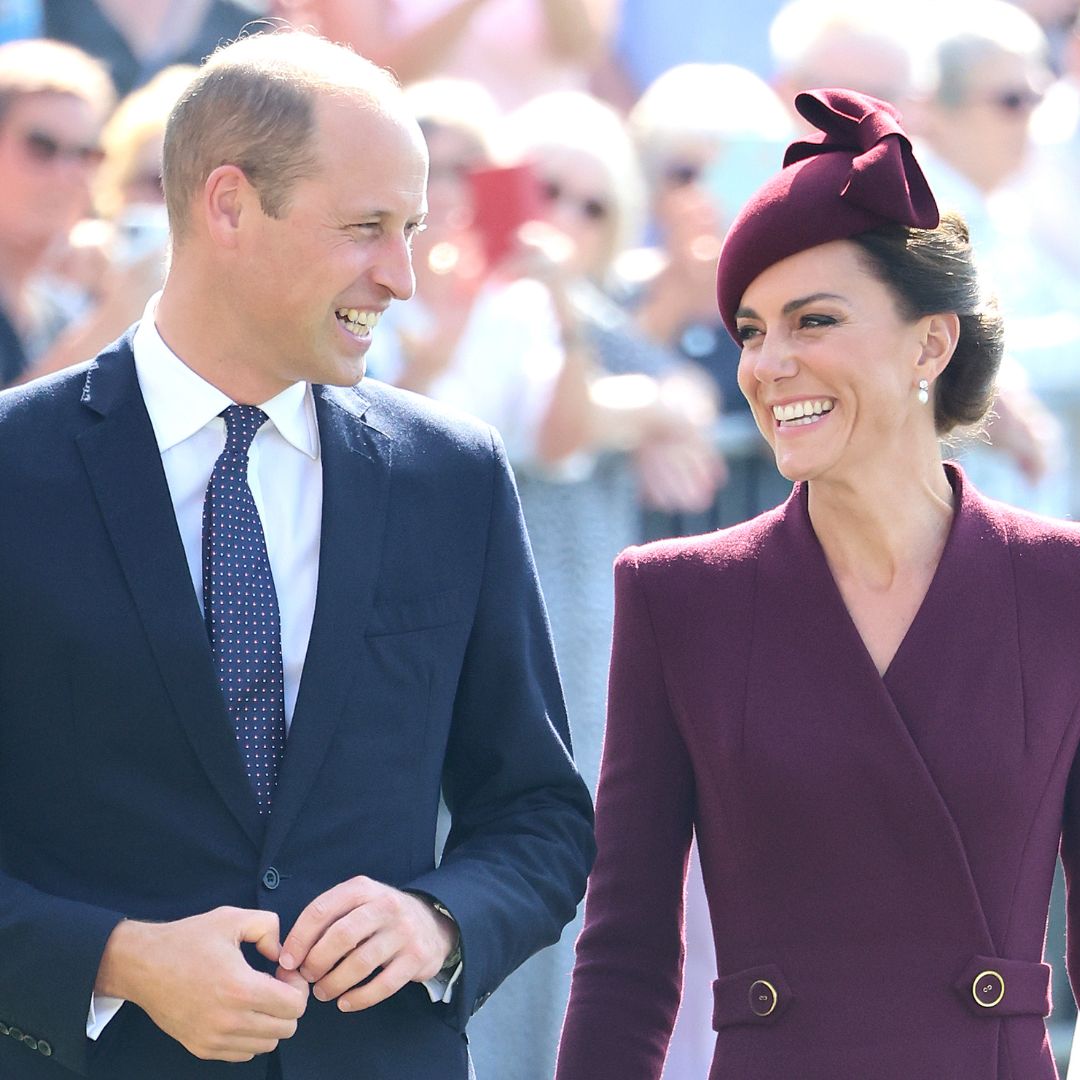Not seeing results from Pilates? Trust me (and the experts), you need to have Contemporary Pilates on your radar
Up the ante on your classic Pilates workout with these moves.


Just when you thought there couldn't possibly be another iteration of what has to be the workout of 2024, along comes a new style of Pilates that promises to be the best version of the method for boosting muscle tone and strength. That's right, contemporary Pilates is being touted by the Pilates elite (the Pilaterati, if you will) as a modern and accessible alternative to a more classical practice.
Hear us out: essentially, contemporary Pilates encompasses all the elements of a Pilates practice that came into being post-1960s - which is when the eponymous founder of the method, Joseph Pilates, died. Keep scrolling for a more detailed explanation of the workout below, but for now (and traditionalists, you might want to look away), suffice it to say that contemporary Pilates workouts aren't too far removed from their classical sibling - just with a few added bells and whistles, developed alongside modern knowledge and advances in physiology.
"Contemporary Pilates is a modern adaptation of Joseph Pilates' original exercises and repertoire, evolving based on new research in biomechanics, physical therapy, and movement science," explains Pilates instructor Aleksandra Warburton. "While it retains many of the foundational principles of Classical Pilates such as breath control, core strength (centring), and precision in movement, Contemporary Pilates incorporates a wider range of exercises and variations, and can be more accessible."
You're likely aware that good core stability is important for a range of everyday functions, from improving balance to reducing back pain. Research (like this study, published in the Journal of Behavioural Science) shows that a strong core might even enhance athletic performance - and with any Pilates practice centred very much around core strength (known in Pilates circles as your powerhouse), you'll reap the rewards from consistently donning those grippy Pilates socks.
Intrigued? There's more good news, when it comes to contemporary Pilates in particular. While the benefits of contemporary Pilates are just as manifold as a classical practice, ranging from inproving core strength, posture and alignment to relieving stress and tension through centering and breathwork - you also get an added boost to strength, which studies (such as this one, published in the British Journal of Sports Medicine) show decreases the risk of mortality - so you're quite literally improving your longevity as you workout.
"Since contemporary Pilates generally uses other pieces of equipment such as weights, balls, magic circles and so on, it can have more strengthening and toning benefits than a classical practice," agrees physiotherapist, Pilates instructor and founder of Core LDN, Claire Mills. "The fusion of Pilates principles with strength training and evolving scientific research makes contemporary Pilates provides a full mind body workout."
If you need more convincing, or you're not sure where to start, be sure to check out our guide to the different types of Pilates (and which is best!), find out how often you should do Pilates to see results, gen up on all the science-backed benefits of Pilates and discover the best Pilates home workouts, here.
Marie Claire Newsletter
Celebrity news, beauty, fashion advice, and fascinating features, delivered straight to your inbox!
Contemporary Pilates is trending - so, is it really as effective as TikTok says?
What is contemporary Pilates?
If you've read this far, hopefully you'll have a flavour of what contemporary Pilates is about, but let's dive into the detail.
"Contemporary Pilates is a modern adaptation of the classical Pilates method developed by Joseph Pilates in the early 20th century," explains Pilates instructor and founder of Shape Pilates, Gemma Folkard. "While Classical Pilates adheres strictly to the original exercises (the 'classic 34') and sequences, contemporary Pilates incorporates a wider range of movements influenced by modern exercise science, physical therapy, and other movement genres."
While Pilates is by no means a trend (it's longevity and results prove otherwise), one of the excellent things about the contemporary method is that it's constantly evolving (purists close your ears!) in response to new knowledge, and, as you're allowed to deviate from the classical moves, it's pretty much suitable for everyone.
"The method can be adapted to suit different fitness levels and is often customised to address specific needs, such as injury rehabilitation," continues Folkard, "and if your workout includes the use of props like resistance bands and stability balls, it's a sure-fire sign that it's a contemporary-based class."
@lowimpactfit ♬ Surround Sound - JID
When was contemporary Pilates invented?
As mentioned above, contemporary Pilates began to develop as a concept following the death of Joseph Pilates in the late 1960s.
"It could be argued that the evolution of classical Pilates into a contemporary style began with Ron Fletcher, one of Joseph Pilates’ students and a former dancer," says Folkard. "He evolved the repertoire and created unique ways of executing the exercises, opening a studio in LA in 1970. Fletcher Pilates was one of many, now well-known contemporary Pilates training systems, including STOTT, Basi and Polestar."
@whatmojoloves ♬ original sound - MoJo | Wellness + Fitness
Which celebrities swear by contemporary Pilates?
It's no secret that Pilates is the go-to workout for A-listers, with celebrities from Margot Robbie and Harry Styles to Hailey Bieber and Jennifer Aniston, as well as sports icons like LeBron James and David Beckham frequenting their local Pilates studio.
And while there's no proof they're indulging in the contemporary method specifically, given the rise of swanky studios in cities throughout the world, the chances are they're likely to be trying out more modern iterations of the traditional practice - so whichever style you choose, you're in great company.
What are the benefits of contemporary Pilates?
If you're a fan of the benefits of classical Pilates, you're going to love the contemporary method, too.
"Contemporary Pilates strengthens muscles by using controlled, functional movements that target not just the superficial muscles, but the deeper stabilising muscles as well," says Warburton. "Unlike a classical practice, in contemporary classes resistance can be added using bands, weights, or the Reformer machine, allowing for progressive strength-building.
"Mat-based exercises are also highly effective for building muscle endurance and tone, relying on body weight for resistance," she continues. "The flow of the exercises ensures that multiple muscle groups are engaged at once, resulting in a full-body workout that builds both strength and coordination."
Let's dig into the primary benefits:
- Improved core strength: "By focusing on the deep stabilising muscles, contemporary Pilates helps build a strong and stable core (your powerhouse), which is essential for good posture and reducing/preventing back pain," says Warburton.
- Increased flexibility and mobility: The controlled, flowing movements help improve overall flexibility and range of motion, which is particularly beneficial for injury prevention.
- Enhanced muscle tone: Pilates works on lengthening and strengthening muscles, creating a lean, toned look without bulk. The use of resistance bands and other props in a contemporary-style class serves to deepen the strengthening action.
- Better posture: The focus on alignment and controlled movements helps improve posture, alleviating strain on the spine and joints.
- Stress relief: "Pilates is a 'mind and body workout' which in turn means that the mindful, focused nature of Pilates helps relieve stress, promoting overall mental well-being alongside the physical benefits," says Warburton.
Who is contemporary Pilates best for?
And the good news just keeps on coming: contemporary Pilates is ideal for a broad range of individuals, from beginners to experienced practitioners.
"The exercises in contemporary Pilates can be adapted to suit individual needs, caters to potential injuries and different levels of fitness, offering a more fluid and flexible approach of practicing the exercise form," agrees Warburton. "It can be performed on a mat or using specialised apparatus, such as the Reformer, resistance bands, or stability balls, making it highly versatile and accessible. It's especially suitable for beginners, those with specific health concerns such as back pain, osteoporosis, poor posture, or joint issues and for Post-injury or post-natal recovery."
Do note, though, that all our experts recommend a one-to-one consultation with an expert before attempting a class or home workout, to ensure the activity safely caters to your individual needs.
5 contemporary Pilates classes to try at home today
1. 10-minute ultimate Reformer Pilates
What? A short, sharp head to toe workout on the Reformer.
Why? "The Reformer is fantastic for improving core strength, balance, and coordination," says Warburton. "The resistance provided by the Reformer can be adjusted to suit different fitness levels, allowing for progressive strength-building."
How long? 10 minutes of lengthening and strengthening.
2. Pilates Abs and Core with Lottie Murphy
What? A core-challenging, 15-minute workout with Pilates royalty Lottie Murphy.
Why? This class focuses on your Pilates powerhouse: the core. All movements in Pilates start with good core control and stability,
How long? A short and sweet 15 minutes.
3. 20-minute beginners resistance band Pilates
What? Classic Pilates moves with a contemporary twist, courtesy of the resistance bands.
Why? Don't be fooled by the suitable for beginners label: the resistance bands add a serious spice to these Pilates moves. For more, use a stronger band - and don't say we didn't warn you. But if you're just starting out, go for your lightest band.
How long? 20 minutes, done and dusted.
4. 30-minute Pilates with mini ball
What? Up the ante on your Pilates practice with this 30-minute mini ball workout from Move with Nicole.
Why? "Using a mini ball in your workout challenges the entire core, including the shoulders and stabilising muscles, while also improving balance and control," says Warburton.
How long? Half an hour and you'll be ready for your oat latte.
5. Full-body Pilates flow
What? A 35-minute full-body Pilates burn (or flow, if you prefer!)
Why? A full-body flow bring both mind and body benefits, as Pilates instructor and founder of Pilates PT, Hollie Grant, explains: "A Contemporary Pilates flow focuses on controlled movements that engage deep muscle layers, particularly the core, improving posture and alignment, and encouraging better balance and coordination. Additionally, a full-body flow can help t to reduce stress levels by encouraging mindfulness and a mind-body connection."
How long? 35 minutes.
Shop MC UK's go-to Pilates kit here:
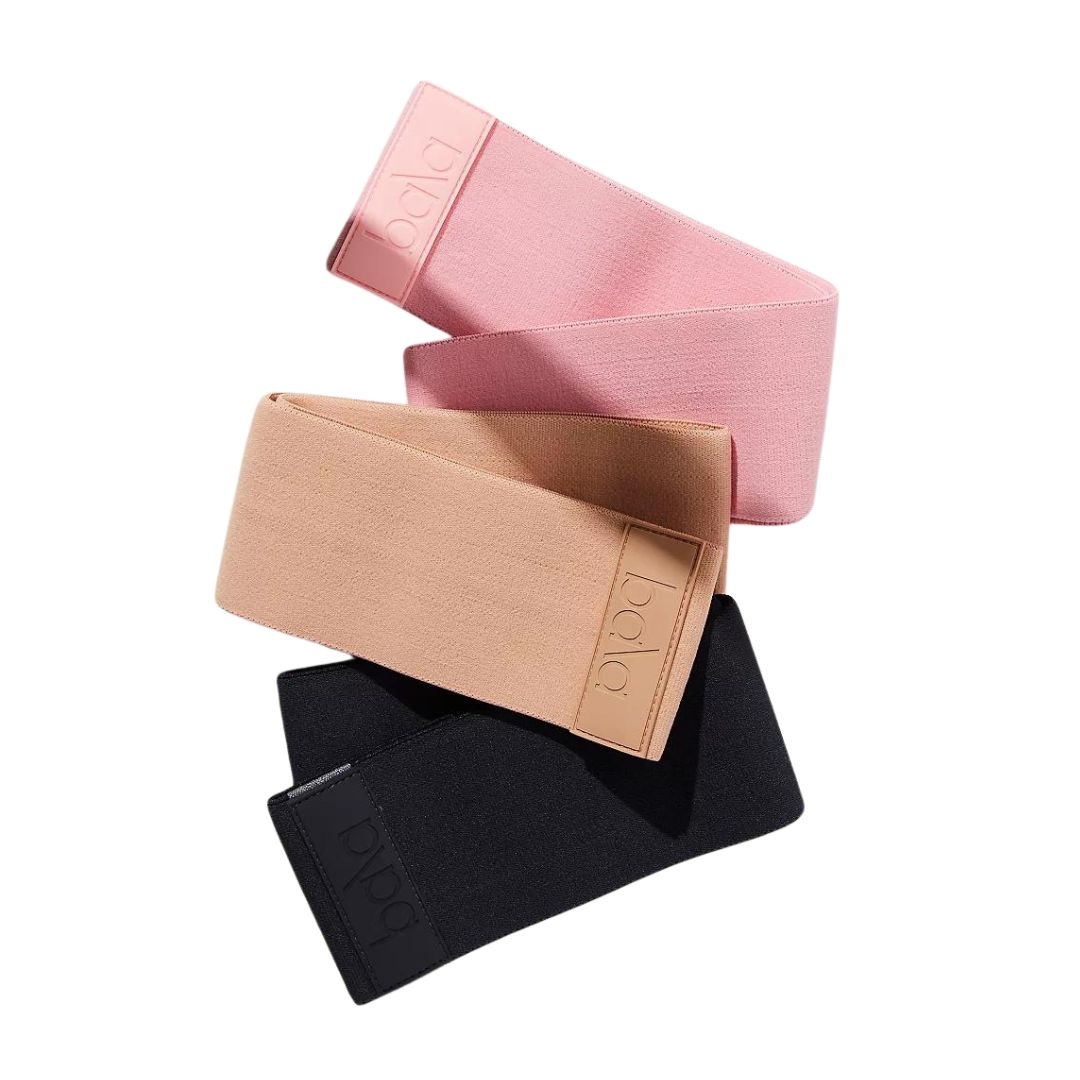
Ready to level up your Pilates workout? Add these resistance bands to your legs, arms or ankles to intensify those moves. In three different strengths, there's a band for everybody.
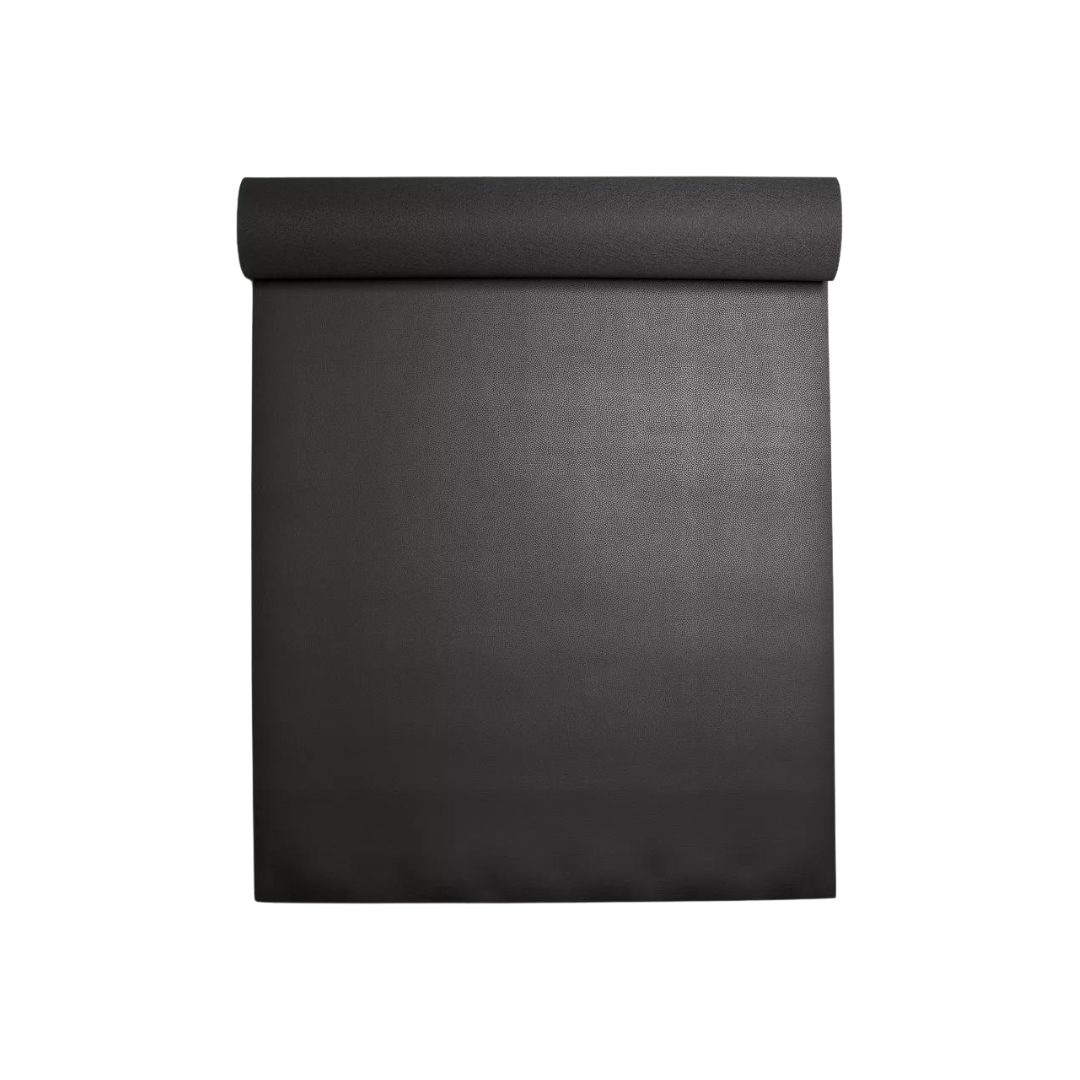
A Pilates essential, we all need a decent mat in our Pilates arsenal. This lululemon iteration combines both style and substance - plus, it's made from sustainable rubber.
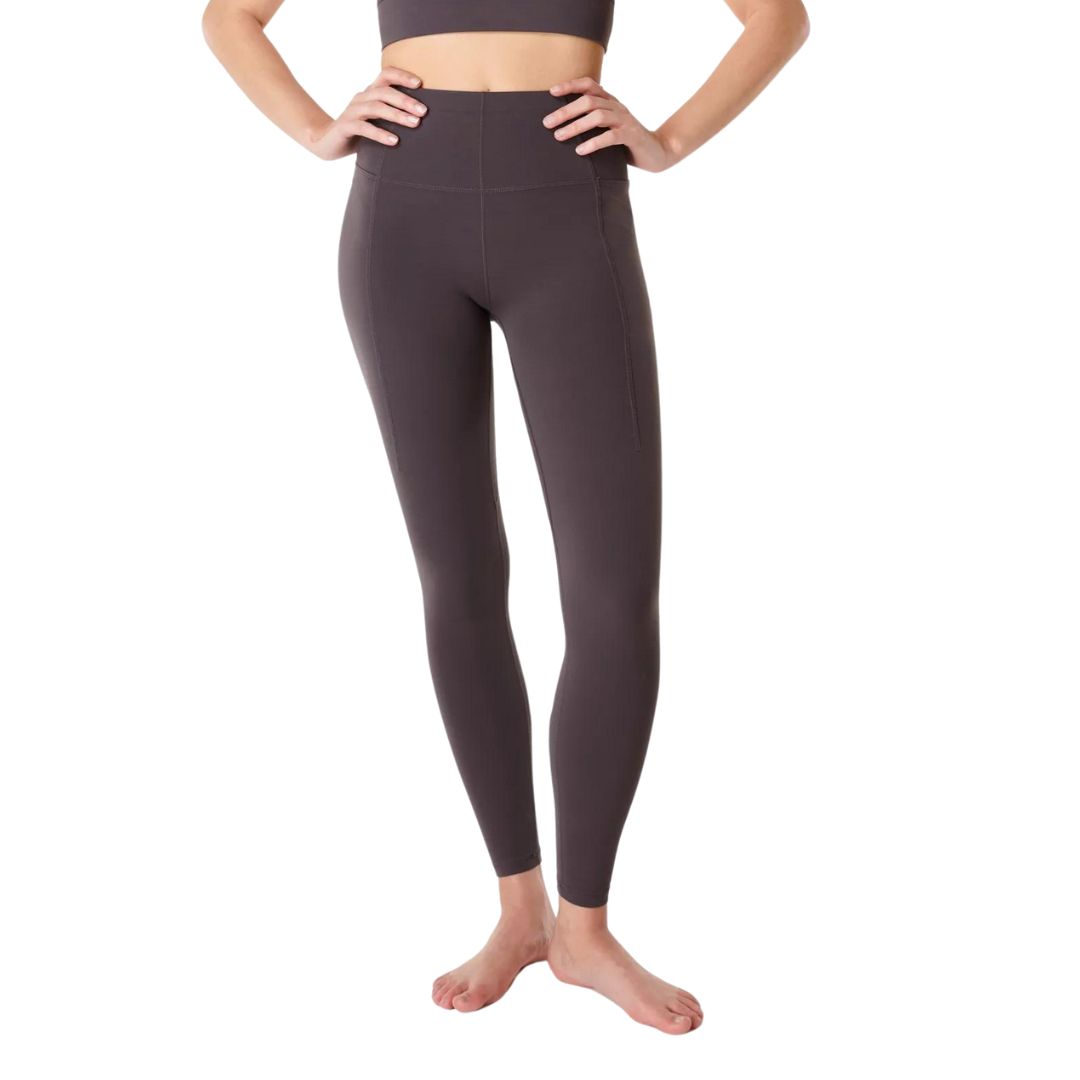
Soft, breathable and stretchy, we're certain you'll love these leggings as much as we do - they're perfect for Pilates, barre and yoga. Made from butter-soft bamboo, you'll want to keep them on long after class.
How does contemporary Pilates level up muscle, tone and strength?
"Contemporary Pilates, like classical Pilates, focuses on controlled movements that engage deep muscle layers, particularly the core (which we call the power house)," explains Grant. "These exercises target slow twitch muscle fibres which help to improve our endurance. The beauty of contemporary Pilates is that by adding in things like resistance bands or the reformer, you can add intensity which improves and enhances the toning and strengthening elements of the workout."

Anna Bartter is a freelance journalist who writes about health, fitness and women's lifestyle for publications including Stylist, Metro and Psychologies, among others.
She's always on a quest to find a variety of fun and functional workouts that give you the most bang for your workout buck and she's passionate about championing movement for everyone's mental and physical wellbeing.
-
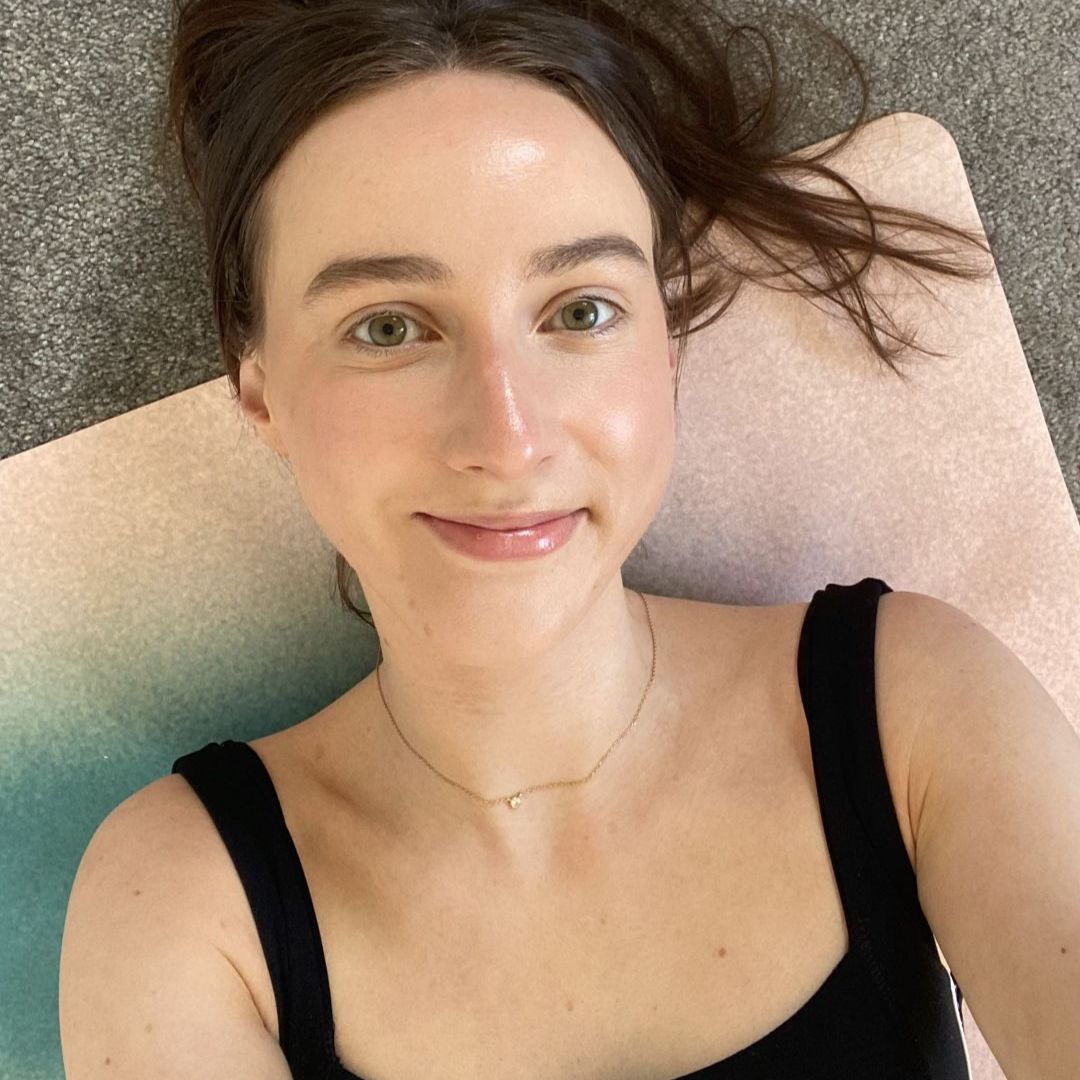 I tried Pilates scissors, the raved-about Pilates move - and think it's the best combination of stretching and strengthening ever
I tried Pilates scissors, the raved-about Pilates move - and think it's the best combination of stretching and strengthening everTrust me, this one's worth trying.
By Katie Sims
-
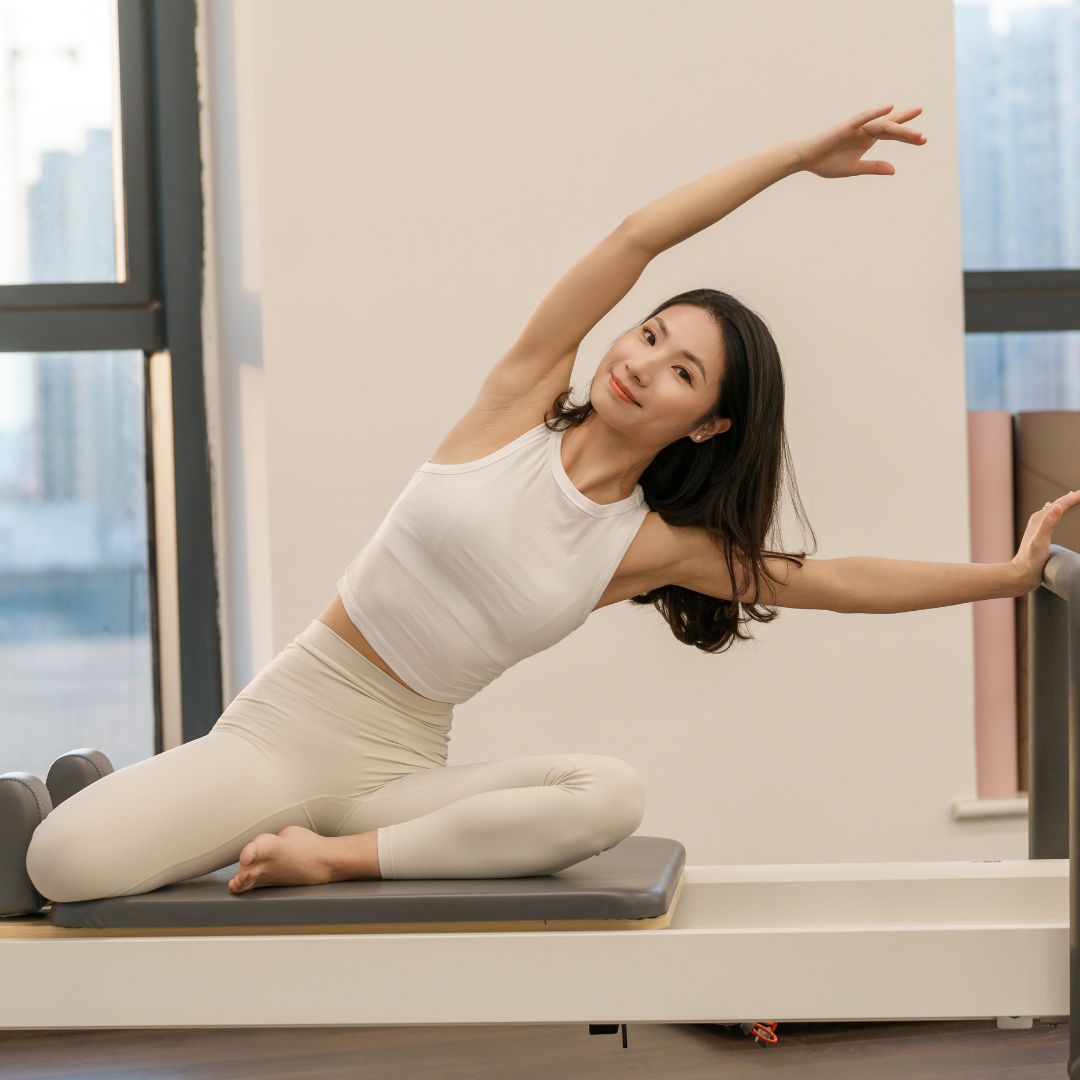 Eager to build a strong, stable core from home? 7 advanced Pilates core exercises that coaches do themselves
Eager to build a strong, stable core from home? 7 advanced Pilates core exercises that coaches do themselvesStability, strength *and* control? It's a yes from us.
By Anna Bartter
-
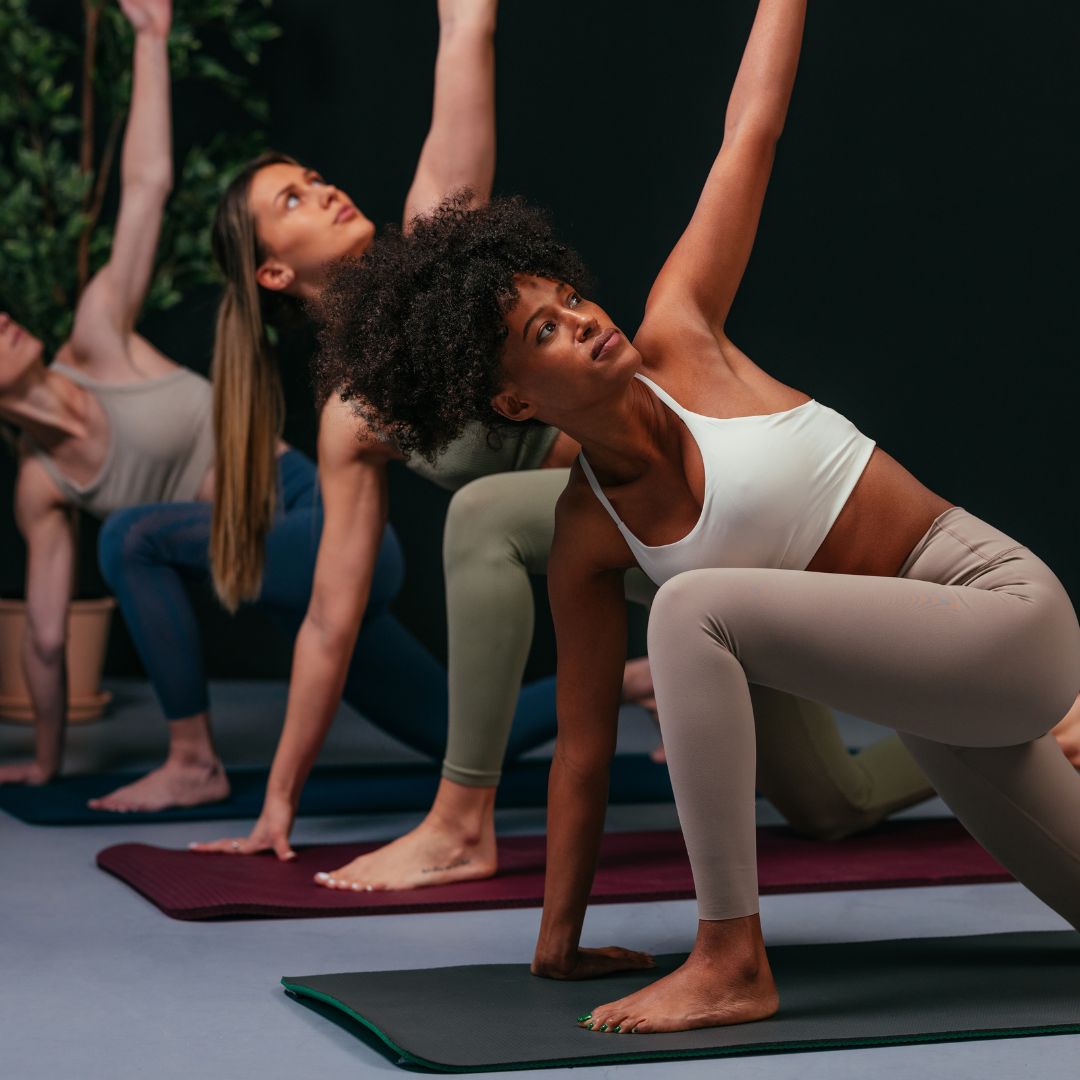 Classical Pilates is raved about worldwide as the most effective type of Pilates you can do - 8 exercises that instructors recommend
Classical Pilates is raved about worldwide as the most effective type of Pilates you can do - 8 exercises that instructors recommendTried, tested and trusted moves.
By Katie Sims
-
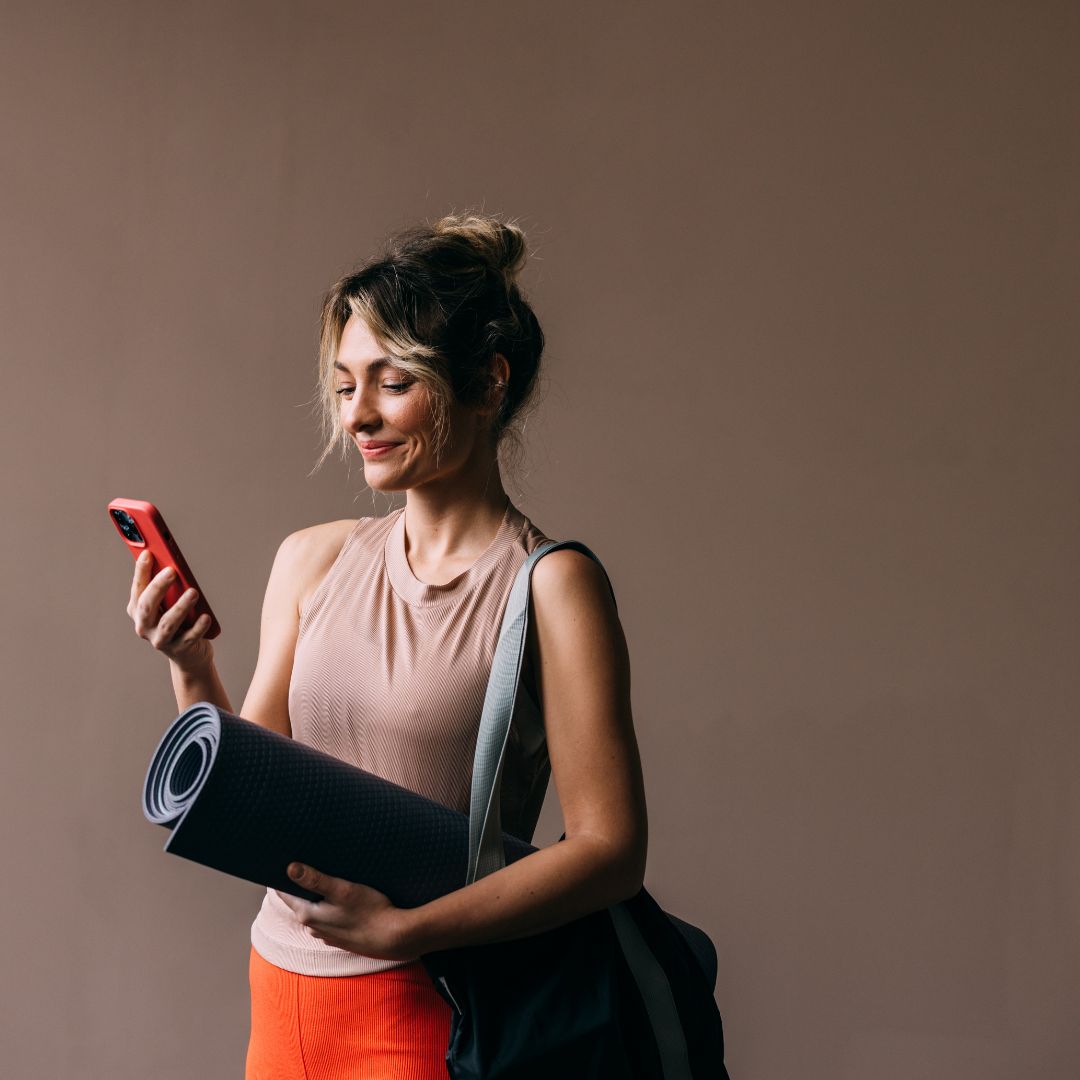 Fan of low-impact sessions? These are officially the 7 best Pilates apps for boosting strength, tone and mood
Fan of low-impact sessions? These are officially the 7 best Pilates apps for boosting strength, tone and moodYou can thank us later.
By Katie Sims
-
 I tried STOTT Pilates at home every day for a week - and I've fallen for the trending workout hook, line and sinker
I tried STOTT Pilates at home every day for a week - and I've fallen for the trending workout hook, line and sinkerYou'll want to give this one a go.
By Katie Sims
-
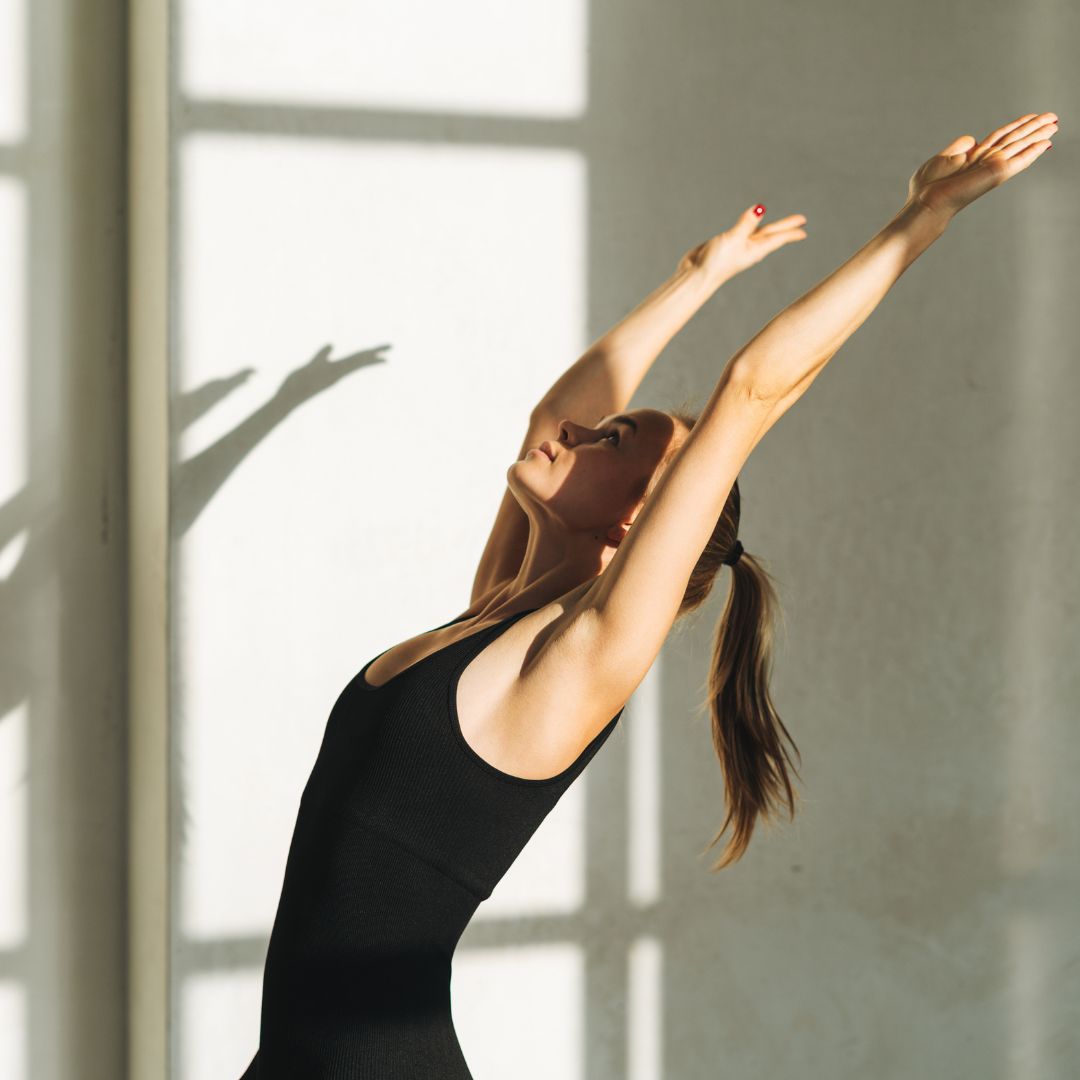 Keen to get Reformer results without the hefty price tag? 5 best Pilates boards to upgrade your home workouts
Keen to get Reformer results without the hefty price tag? 5 best Pilates boards to upgrade your home workoutsThey're great for small spaces, too.
By Amelia Yeomans
-
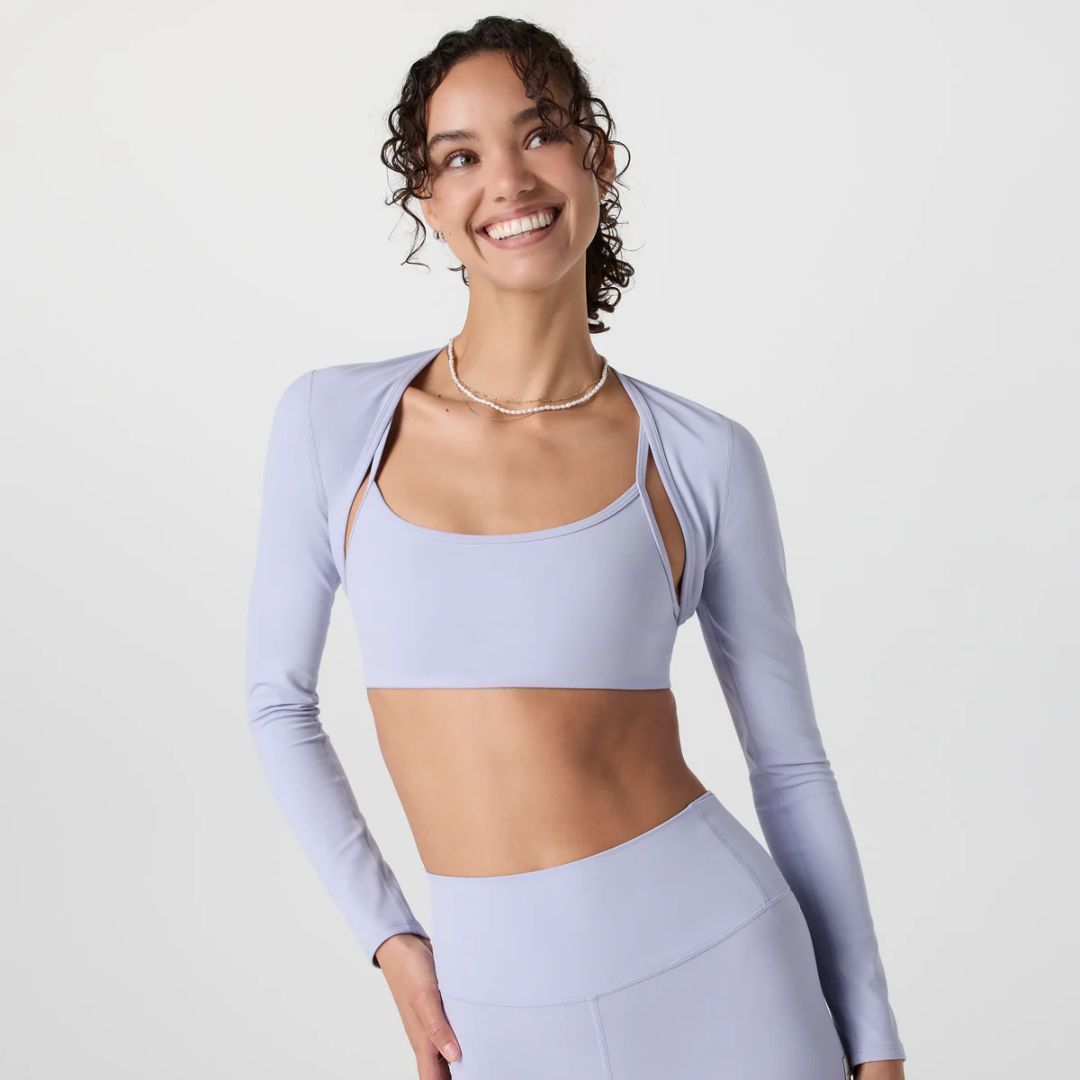 Pilates shrugs are set to be the next big activewear trend: 6 of the best, chosen by our expert Editors
Pilates shrugs are set to be the next big activewear trend: 6 of the best, chosen by our expert EditorsChic and comfortable? Sign me up.
By Amelia Yeomans
-
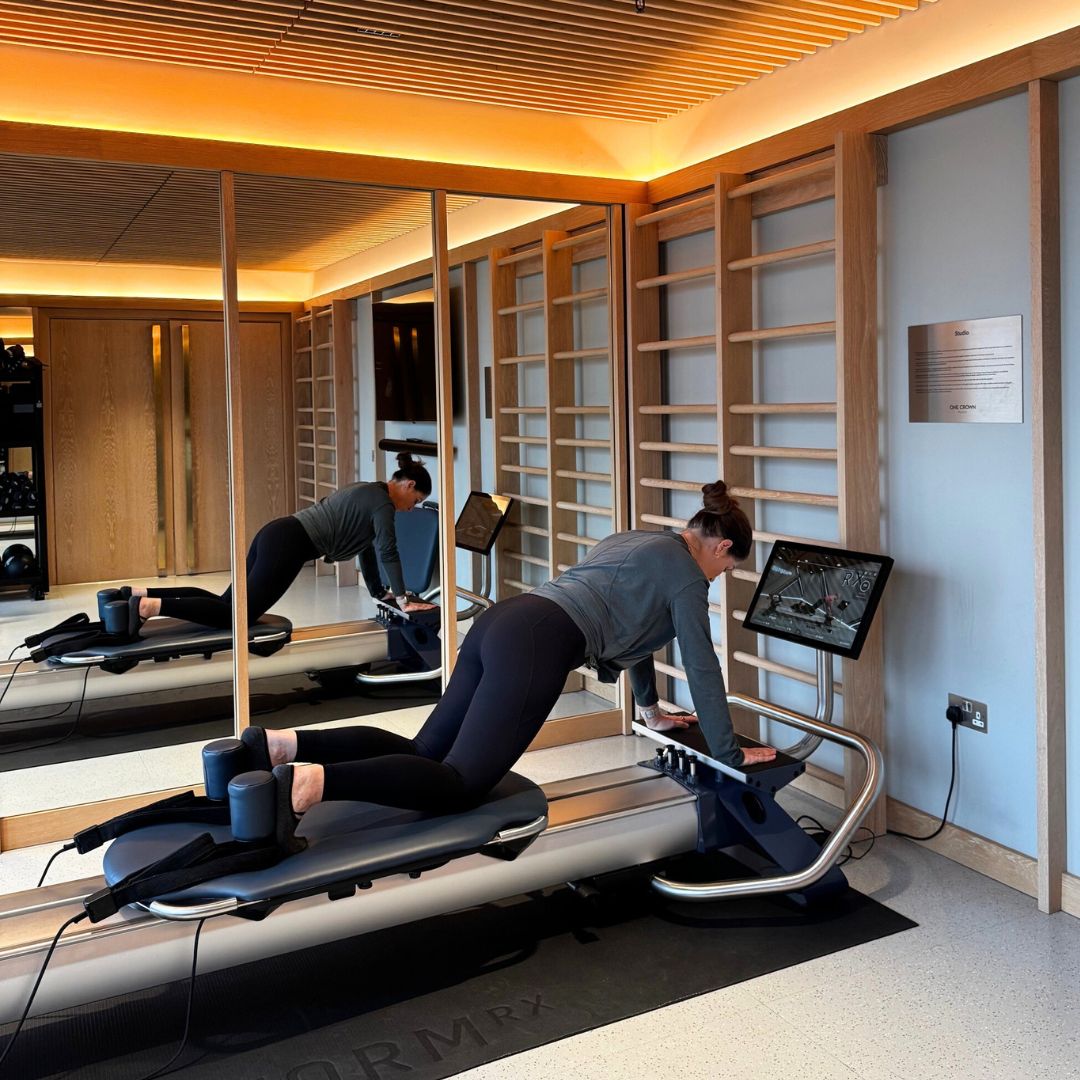 I tried Reform RX, the world's first virtual Reformer class - and have some thoughts
I tried Reform RX, the world's first virtual Reformer class - and have some thoughtsMeet the Pilates answer to a Peloton.
By Anna Bartter




